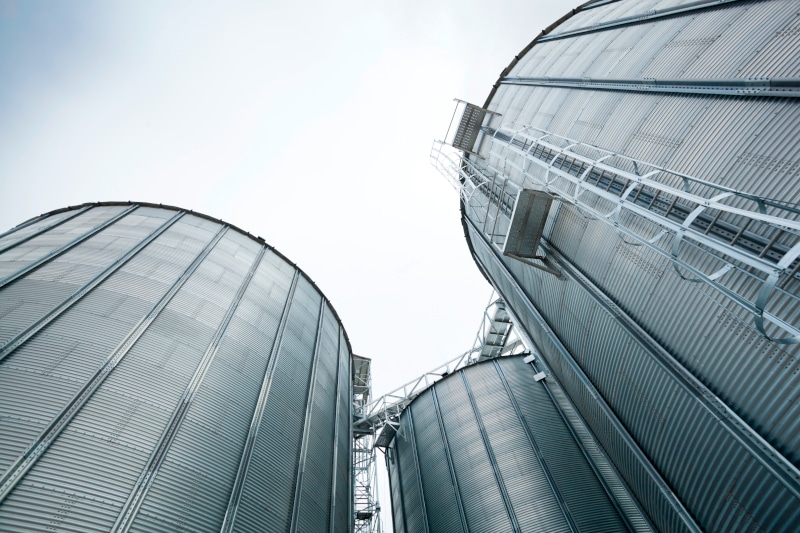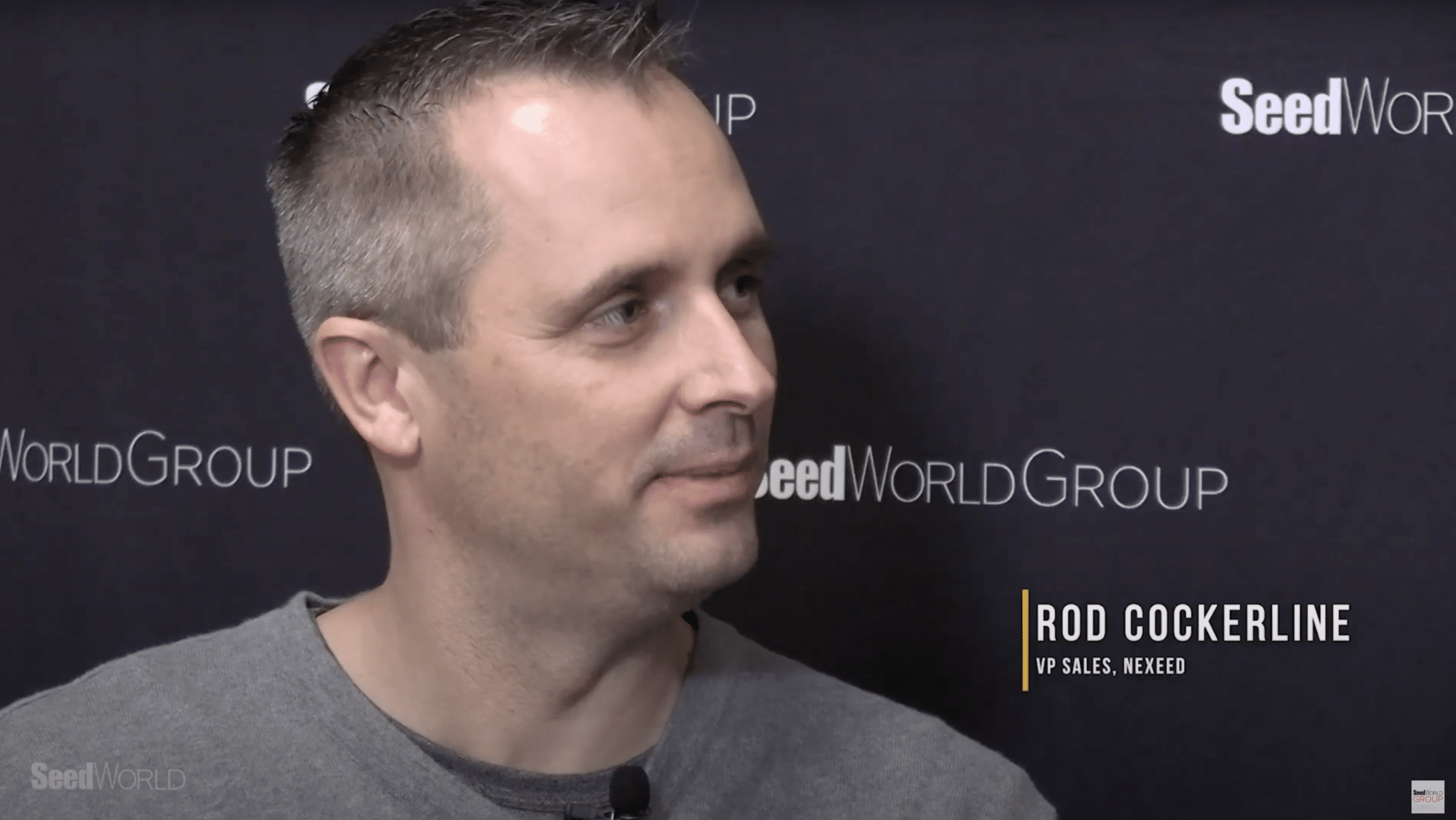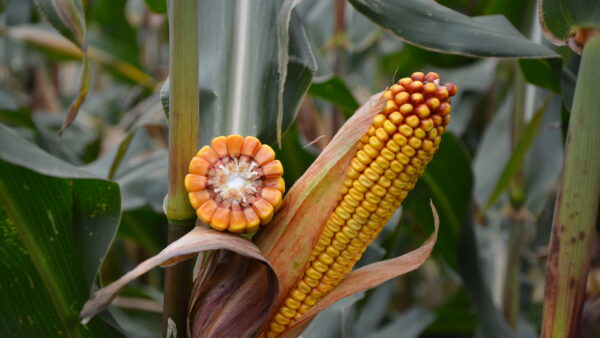As we reflect on the journey that began 30 years ago when Nexeed was founded — and 13 years ago when we began offering optical sorters — it’s remarkable to witness how technology in sorting has evolved.
Recently, I had the privilege of traveling to Europe for two pivotal meetings that provided a glimpse into what lies ahead in sorting technology.
First, I ventured to Italy to meet with our Cimbria colleagues, the minds behind the optical sorters we offer. During this trip, I got a sneak peek at what’s on the horizon — a further evolution of the technology. Soon, we’ll introduce another “dimension” into the equation — my simple way of describing the addition of a new parameter that can be harnessed for optical separations.
Furthermore, we’re embracing cutting-edge features that involve the use of AI and enhanced connectivity to streamline operations with minimal user input. I’ve always maintained that a machine’s performance is the outcome of both its maximum capabilities and the user’s ability to approach that maximum. It’s gratifying to witness both these facets continuously improve and to know that input we bring to them from the market impacts which technical developments they work on.
My journey also took me to Sweden, where I encountered BoMill, a company I’ve known for many years and recently partnered with as their distributor in Canada. BoMill’s sorting technology is distinct; it’s designed to separate wheat or barley based on protein content or DON (fusarium) levels, scrutinizing every kernel through a unique approach distinct from traditional optical sorters. BoMill’s technology aligns seamlessly with the needs of malt houses and flour mills, where protein content is a critical factor for their grain going into process.
As we prepare to introduce BoMill to the malting and milling industry, I find myself pondering its potential in the seed industry. Could this technology enhance seed quality by ensuring a more homogeneous protein profile? Could the removal of kernels with lower protein levels elevate seed quality even further?
These questions spark my curiosity and lead me to an even more important inquiry: What additional sorting capabilities would the seed industry desire as BoMill and Cimbria both continue to advance their technologies? This might be a “blue sky” question, but it’s the kind of question that invites creativity and innovation.
I am eager to hear the thoughts and opinions of those in the industry. If you have insights or ideas to share, please don’t hesitate to reach out. Sorting technology is advancing, and your input could shape its future in ways we’ve yet to imagine.









